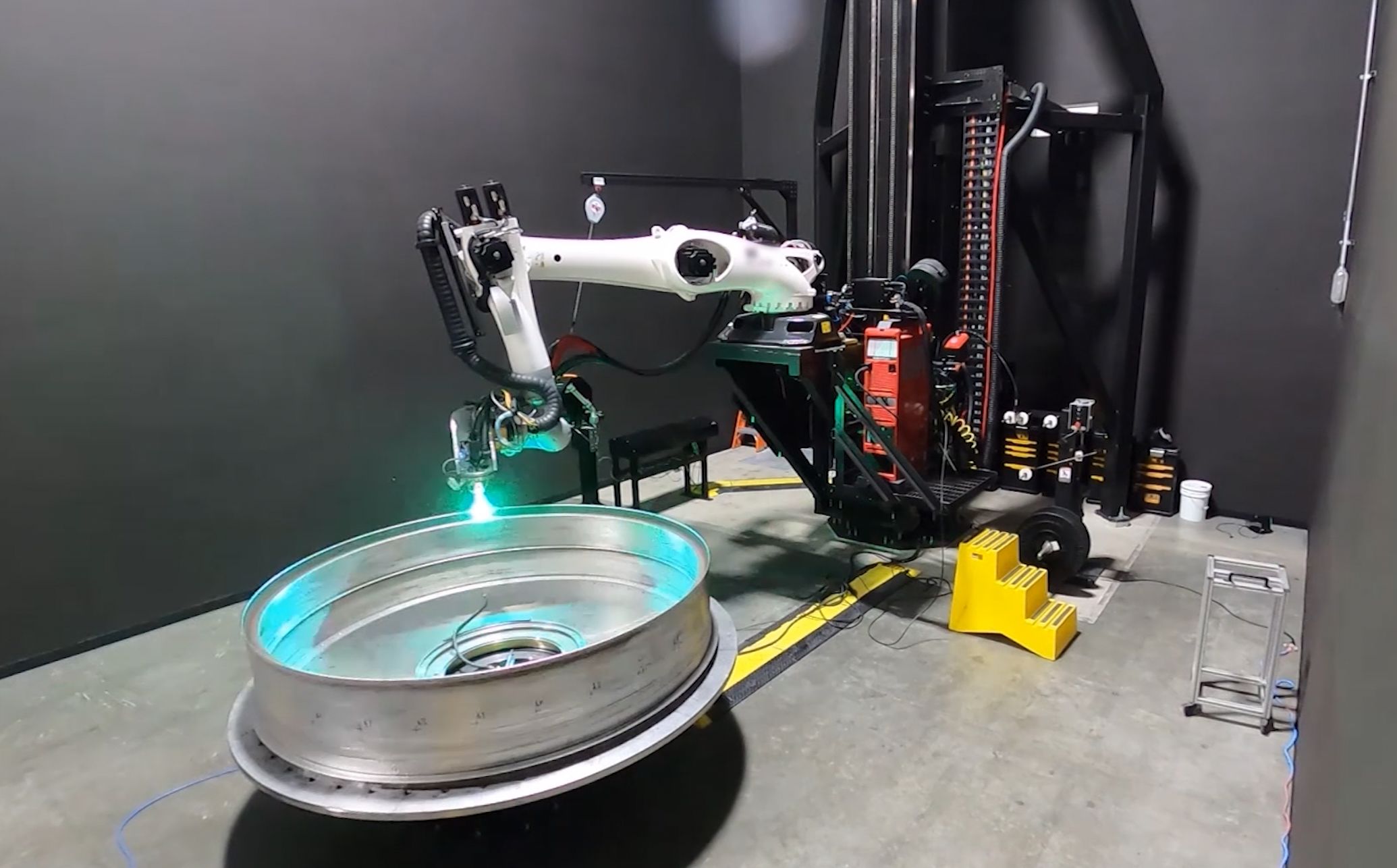3D printing has been making waves in various industries, and space exploration is no exception. Private contractors, NASA and the European Space Agency (ESA) have been investing in 3D printing technologies to revolutionize the way we approach space missions. From manufacturing spare parts on-demand to constructing habitats on other planets, 3D printing is set to play a crucial role in the future of space exploration.

Applications of 3D Printing in Space Exploration
3D printing has proven to be a great ally for the development of the space sector. There are a multitude of examples and practical uses that have demonstrated that it is a technology that can contribute to a huge advance in this industry. From the printing of rockets such as those made by the company Relativity Space, to tiny precision parts made from lunar gifts. Here are some of the most impressive examples.
On-Demand Manufacturing
One of the most significant challenges in space missions is the need to carry spare parts and tools for repairs and maintenance. With 3D printing, astronauts can manufacture the required parts on-demand, reducing the need for costly and risky rocket launches. The International Space Station (ISS) has already demonstrated the feasibility of this approach by successfully 3D printing a ratchet wrench using a design file transmitted from Earth. Also NASA has a great repository of 3D models and you can download and print the same tools as they are printing in space.

Building Satellites and Spacecraft Components
3D printing allows for the creation of lightweight and complex structures that can significantly reduce the weight while increases the resistance of satellites and spacecraft. This reduction in weight translates to lower launch costs and increased payload capacity. Several companies are already leveraging 3D printing to manufacture satellite components and even entire rockets.
For example ESA has developed different devices and components integrally 3D printed to improve specific parts in their spacecrafts and lunchers. In the case of a deployment mechanism for satellite solar panels they created a lightweight version of an existing mechanism that slashed the number of separate parts needed (i.e. the system complexity) needed and reduces its mass by 80%.

3D printing also allows to create parts that would be really difficult to manufacture using other techniques while also reduces the number of required parts. In the figure above, a consortium os Swiss companies has designed and produced a frictionless gear mechanism, 3D-printed all in one piece in high-performance stainless steel. This 3D printed gear enable the precise rotation of items such as satellite thrusters, sensors, telescope lenses or mirrors.
Lunar and Martian Habitats
One of the most ambitious applications of 3D printing in space exploration is the construction of habitats on the Moon and Mars. Using local resources, such as lunar or Martian regolith, 3D printers can build structures layer by layer, providing a sustainable and cost-effective solution for establishing outposts on other celestial bodies.

As a part of a NASA 3D-Printed Habitat Competition, different teams have developed concept projects and prototypes of lunar and martian human habitats. These designs will be foundation for deep space exploration, including the agency’s journey to the Moon, Mars or beyond.
Conclusion
3D printing is poised to revolutionize space exploration by providing innovative solutions to some of the most significant challenges faced by astronauts and engineers. As the technology continues to advance, we can expect to see even more groundbreaking applications of 3D printing in space, paving the way for a new era of human exploration beyond Earth.
In a nutshell, 3D printing in the space industry enabled to:
- Enable to produce parts on-demand where access to spare parts is limited (i.e. International Space Station or the Moon and Mars in the future).
- Make parts lighter and more resistant.
- Reduce system complexity by reducing the number of parts.
- Hence, reduce costs and risks associated with space missions.



